Home>Furniture & Design>Interior Design Trends>Why Do Bearded Dragons Glass Surf
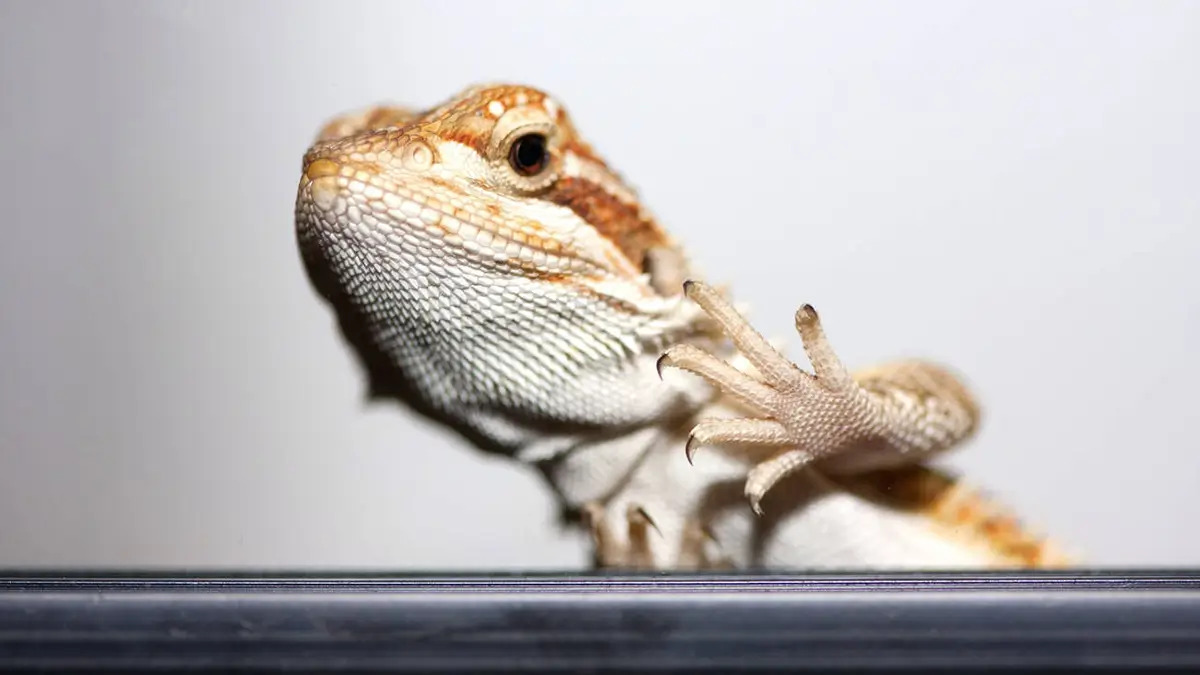

Interior Design Trends
Why Do Bearded Dragons Glass Surf
Published: February 4, 2024
Discover the latest interior design trends and learn why bearded dragons glass surf. Explore expert tips and insights for creating a stylish and functional space.
(Many of the links in this article redirect to a specific reviewed product. Your purchase of these products through affiliate links helps to generate commission for Storables.com, at no extra cost. Learn more)
Introduction
Bearded dragons, known for their endearing personalities and captivating behaviors, often exhibit a peculiar action known as "glass surfing." This behavior, characterized by the reptile repeatedly and rapidly moving against the walls of its enclosure, can be both fascinating and concerning to pet owners. Understanding the reasons behind this behavior is crucial for ensuring the well-being of these beloved reptiles.
Glass surfing is a behavior that has puzzled and intrigued reptile enthusiasts and pet owners alike. It is often a source of confusion and worry, as it can be difficult to discern the underlying cause. By delving into the potential factors that drive this behavior, we can gain valuable insights into the needs and behaviors of bearded dragons.
In this article, we will explore the various reasons why bearded dragons engage in glass surfing. From environmental factors to stress and anxiety, territorial behavior, and the quest for attention, each aspect sheds light on the complex nature of these captivating creatures. By unraveling the mysteries behind glass surfing, we can gain a deeper understanding of the intricate world of bearded dragons and provide them with the care and environment they need to thrive.
Key Takeaways:
- Bearded dragons may “glass surf” due to environmental factors, stress, territorial behavior, or a desire for attention. Understanding these reasons helps create a nurturing environment for these captivating reptiles.
- Providing appropriate heating, minimizing stressors, accommodating territorial behavior, and offering social interaction can reduce glass surfing in bearded dragons, fostering a harmonious bond between pets and their caretakers.
What is Glass Surfing?
Glass surfing, a behavior commonly observed in bearded dragons, entails the reptile repeatedly and rapidly moving against the walls of its enclosure. This behavior is often characterized by the dragon pressing its body against the glass, using its legs to push off and propel itself forward in a seemingly restless manner. While the name may evoke images of aquatic activities, glass surfing in bearded dragons is a terrestrial behavior that can be indicative of various underlying factors.
The sight of a bearded dragon engaging in glass surfing can be perplexing to pet owners, prompting questions about its significance and potential implications. This behavior is not limited to a specific age or gender of bearded dragons and can occur in both juveniles and adults. Understanding the reasons behind glass surfing is essential for providing appropriate care and addressing any potential stressors that may be affecting the reptile.
Glass surfing may manifest as a response to environmental factors, stress and anxiety, territorial behavior, or the dragon's quest for attention. Each of these factors offers valuable insights into the behavior of bearded dragons and can guide pet owners in creating a suitable and enriching environment for their beloved reptiles.
As we delve into the intricacies of glass surfing, it becomes evident that this behavior serves as a window into the world of bearded dragons, offering clues about their needs, emotions, and interactions with their surroundings. By unraveling the mysteries behind glass surfing, we gain a deeper understanding of the captivating behaviors of these remarkable creatures.
Environmental Factors
Environmental factors play a pivotal role in influencing the behavior of bearded dragons, including the occurrence of glass surfing. The physical and environmental conditions within the reptile's enclosure can significantly impact its well-being and behavior. Understanding the specific environmental factors that may contribute to glass surfing is essential for creating a suitable habitat for these fascinating creatures.
Inadequate environmental conditions, such as improper temperature gradients and lighting, can prompt bearded dragons to engage in glass surfing. Insufficient heat or inadequate access to UVB lighting can lead to discomfort and restlessness, prompting the reptile to seek out alternative sources of warmth and light. This behavior is often a manifestation of the dragon's attempt to regulate its body temperature and bask under the perceived warmth radiating from the glass walls.
Furthermore, an enclosure that lacks adequate enrichment and stimulation may also contribute to glass surfing. Bearded dragons are naturally curious and active creatures, and a barren or monotonous environment can lead to boredom and frustration. In such instances, the reptile may resort to glass surfing as a means of seeking stimulation and alleviating the monotony of its surroundings.
Additionally, the size and layout of the enclosure can impact the reptile's behavior. A confined or cramped living space may induce feelings of confinement and discomfort, prompting the bearded dragon to engage in glass surfing as it attempts to navigate its limited surroundings.
To address environmental factors that may contribute to glass surfing, it is essential to ensure that the reptile's enclosure is equipped with appropriate heating and lighting elements, including basking spots and UVB lighting to support the dragon's thermoregulation and overall well-being. Providing a diverse and enriching environment with hiding spots, climbing structures, and varied textures can also help mitigate boredom and encourage natural behaviors, reducing the likelihood of glass surfing.
By recognizing and addressing the environmental factors that may prompt glass surfing, pet owners can create a habitat that promotes the physical and psychological well-being of their bearded dragons, fostering a harmonious and enriching living environment for these remarkable reptiles.
Stress and Anxiety
Stress and anxiety can significantly impact the behavior of bearded dragons, potentially leading to the manifestation of glass surfing. These emotions, often triggered by various environmental or social factors, can prompt the reptile to engage in restless behaviors as it attempts to cope with perceived stressors.
One of the primary sources of stress for bearded dragons is inadequate environmental conditions. Suboptimal temperatures, improper lighting, or a lack of hiding spots can create a stressful and unsettling environment for the reptile. In response to these stressors, the bearded dragon may resort to glass surfing as a coping mechanism, seeking relief from the discomfort and unease it experiences within its enclosure.
Changes in the environment, such as relocation to a new enclosure or exposure to unfamiliar surroundings, can also induce stress and anxiety in bearded dragons. These transitions can disrupt the reptile's sense of security and familiarity, triggering a stress response that may manifest as glass surfing. Additionally, loud noises, excessive handling, or the presence of predatory pets in the vicinity can contribute to heightened stress levels in bearded dragons, prompting them to exhibit restless behaviors as a means of coping with the perceived threats.
Furthermore, social interactions and hierarchy dynamics within a multi-dragon enclosure can lead to stress and anxiety in bearded dragons. Dominance disputes or territorial conflicts among cohabiting dragons can create a tense and stressful environment, compelling the reptiles to engage in glass surfing as they navigate the complexities of their social dynamics.
To address stress and anxiety-related glass surfing, it is crucial to create a calm and secure environment for the bearded dragon. This involves ensuring that the enclosure provides adequate hiding spots, a consistent temperature gradient, and minimal disturbances to promote a sense of security and comfort for the reptile. Additionally, minimizing exposure to potential stressors, such as loud noises and disruptive interactions, can help alleviate the anxiety that may drive glass surfing behaviors.
By recognizing the impact of stress and anxiety on bearded dragons and taking proactive measures to mitigate these factors, pet owners can create a nurturing and tranquil environment that supports the emotional well-being of their beloved reptiles, reducing the likelihood of stress-induced glass surfing.
Bearded dragons glass surf due to stress, boredom, or feeling confined. Provide a larger enclosure, hiding spots, and mental stimulation to reduce this behavior.
Territorial Behavior
Territorial behavior is a fundamental aspect of the social dynamics exhibited by bearded dragons. These remarkable reptiles, known for their distinctive personalities and complex interactions, often display territorial tendencies within their enclosures. Understanding the implications of territorial behavior is essential for pet owners, as it sheds light on the intricate social structures and dynamics of these captivating creatures.
In the wild, bearded dragons establish and defend territories to secure resources, establish mating rights, and assert dominance within their environment. This innate behavior is also observed in captive settings, where bearded dragons may exhibit territorial tendencies within their enclosures. The manifestation of territorial behavior can often be observed through actions such as head bobbing, arm waving, and, notably, glass surfing.
When a bearded dragon engages in glass surfing as a result of territorial behavior, it may be signaling its desire to expand or defend its perceived territory. The reptile's reflection in the glass may be interpreted as a potential intruder or rival, prompting the dragon to assert its dominance and defend its territory through the repetitive and rapid movements against the enclosure walls. This behavior serves as a visual display of the reptile's territorial instincts and its efforts to establish control over its perceived domain.
Territorial behavior in bearded dragons can also be influenced by the presence of other dragons or perceived threats within their vicinity. In multi-dragon enclosures, dominance disputes and territorial conflicts may arise, leading to heightened territorial behavior and glass surfing as the reptiles navigate their social hierarchy and assert their individual territories. Additionally, the presence of external stimuli, such as other pets or unfamiliar objects near the enclosure, can trigger territorial responses in bearded dragons, prompting them to engage in glass surfing as a means of asserting their perceived dominance and defending their territory.
To address territorial behavior-related glass surfing, pet owners can consider providing separate enclosures for individual dragons to minimize territorial conflicts and promote a sense of security and autonomy for each reptile. Additionally, enriching the environment with ample hiding spots, visual barriers, and separate basking areas can help mitigate territorial disputes and reduce the likelihood of glass surfing as a territorial display.
By recognizing the significance of territorial behavior in bearded dragons and implementing strategies to accommodate their social dynamics and territorial instincts, pet owners can create a harmonious and enriching environment that supports the natural behaviors and social interactions of these remarkable reptiles.
Seeking Attention
Seeking attention is a behavior that transcends the boundaries of human interaction and extends into the captivating world of bearded dragons. These remarkable reptiles, known for their endearing personalities and unique behaviors, may engage in glass surfing as a means of seeking attention from their human caretakers. This behavior, often characterized by the reptile's persistent and rapid movements against the walls of its enclosure, serves as a compelling display of the dragon's desire for interaction and engagement.
Bearded dragons are inherently social creatures, capable of forming strong bonds with their human companions. They thrive on social stimulation and may seek out opportunities for interaction and companionship. Glass surfing, in the context of seeking attention, can be interpreted as the reptile's attempt to capture the attention of its caretakers and initiate social engagement. The repetitive and conspicuous nature of this behavior serves as a visible and persistent signal of the dragon's desire for interaction and acknowledgment.
Furthermore, the act of glass surfing may be reinforced by the dragon's previous experiences of receiving attention or responses from its human caretakers. If the reptile has garnered attention or elicited a response through glass surfing in the past, it may continue to exhibit this behavior as a learned mechanism for seeking social interaction. This reinforces the notion that seeking attention through glass surfing is a deliberate and purposeful behavior employed by bearded dragons to engage with their human companions.
Addressing attention-seeking glass surfing involves recognizing the reptile's need for social interaction and providing opportunities for engagement and companionship. Spending quality time with the bearded dragon, offering enrichment activities, and creating opportunities for positive interactions can help fulfill the reptile's social needs and mitigate attention-seeking behaviors. Additionally, establishing a consistent and enriching routine that includes regular feeding, handling, and interactive play sessions can help satisfy the dragon's need for attention and companionship, reducing the likelihood of attention-seeking glass surfing.
By acknowledging the significance of seeking attention in the context of glass surfing, pet owners can cultivate a nurturing and interactive environment that supports the social and emotional well-being of their bearded dragons. Understanding and addressing the reptile's need for attention fosters a deeper bond between the dragon and its caretakers, creating a harmonious and enriching companionship that transcends the boundaries of species.
Conclusion
In conclusion, the enigmatic behavior of glass surfing in bearded dragons encompasses a multifaceted tapestry of environmental, emotional, and social factors. Understanding the underlying reasons behind this behavior is crucial for providing optimal care and support for these captivating reptiles.
Environmental factors, including temperature gradients, lighting, and enclosure size, play a pivotal role in influencing the occurrence of glass surfing. By ensuring that the reptile's habitat is equipped with appropriate heating, lighting, and enriching elements, pet owners can create a nurturing environment that promotes the physical and psychological well-being of their bearded dragons, reducing the likelihood of glass surfing prompted by environmental stressors.
Stress and anxiety can significantly impact the behavior of bearded dragons, leading to the manifestation of glass surfing as a coping mechanism. By creating a calm and secure environment, minimizing exposure to potential stressors, and providing adequate hiding spots, pet owners can alleviate the anxiety that may drive glass surfing behaviors, fostering a tranquil and supportive setting for their beloved reptiles.
Territorial behavior, a fundamental aspect of the social dynamics exhibited by bearded dragons, can prompt glass surfing as the reptiles assert their dominance and defend their perceived territories. Understanding the implications of territorial behavior and implementing strategies to accommodate their social dynamics can create a harmonious and enriching environment that supports the natural behaviors and social interactions of these remarkable reptiles.
Furthermore, the captivating display of seeking attention through glass surfing underscores the social nature of bearded dragons and their inherent desire for interaction and companionship. By acknowledging the reptile's need for attention and providing opportunities for engagement and companionship, pet owners can cultivate a nurturing and interactive environment that supports the social and emotional well-being of their bearded dragons, fostering a deeper bond between the dragon and its caretakers.
In unraveling the mysteries behind glass surfing, we gain a deeper understanding of the intricate world of bearded dragons and the complex interplay of environmental, emotional, and social factors that shape their behaviors. By recognizing and addressing the diverse factors that may drive glass surfing, pet owners can create a harmonious and enriching environment that supports the well-being and natural behaviors of these remarkable reptiles, fostering a fulfilling and enduring companionship between humans and bearded dragons.
Frequently Asked Questions about Why Do Bearded Dragons Glass Surf
Was this page helpful?
At Storables.com, we guarantee accurate and reliable information. Our content, validated by Expert Board Contributors, is crafted following stringent Editorial Policies. We're committed to providing you with well-researched, expert-backed insights for all your informational needs.
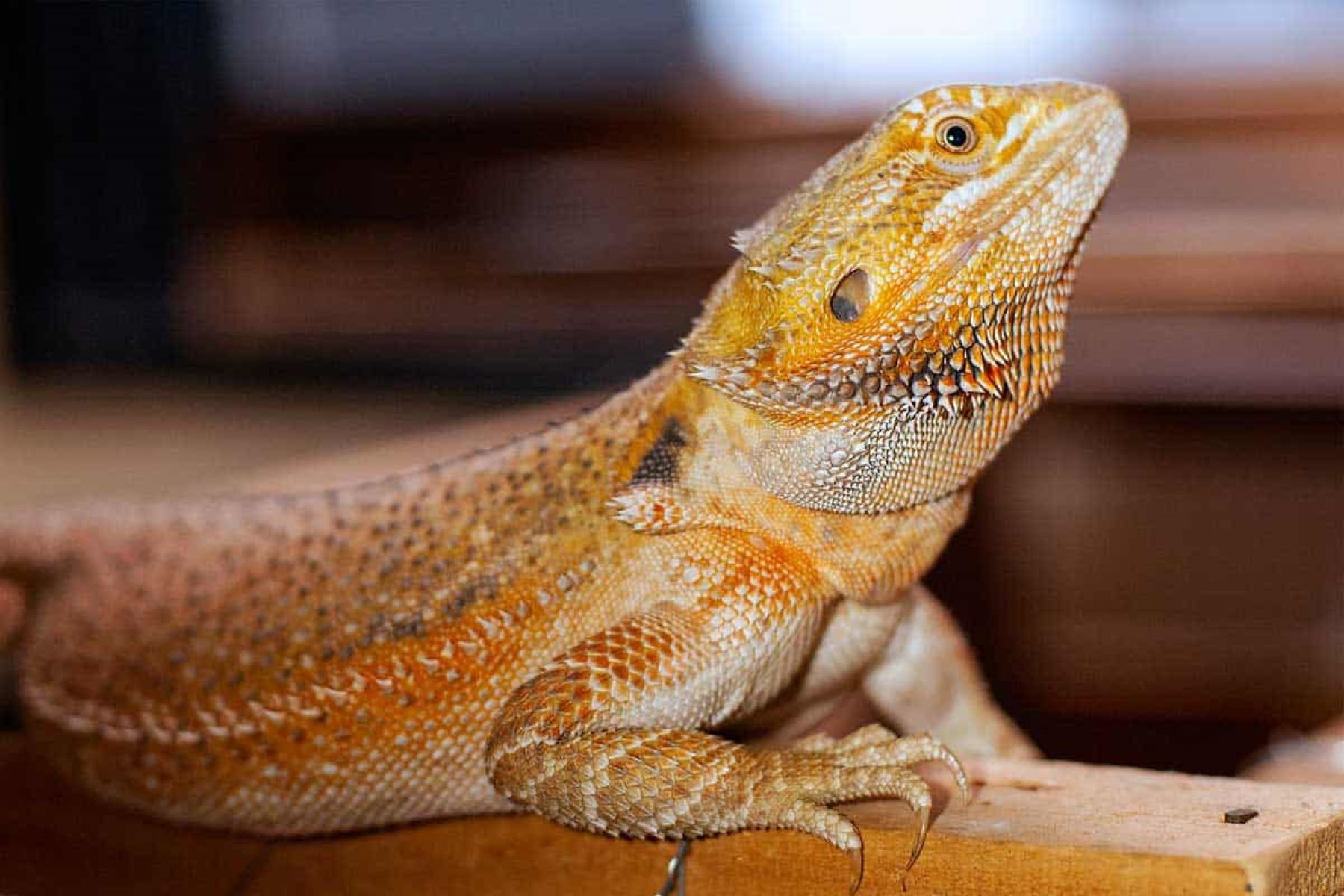
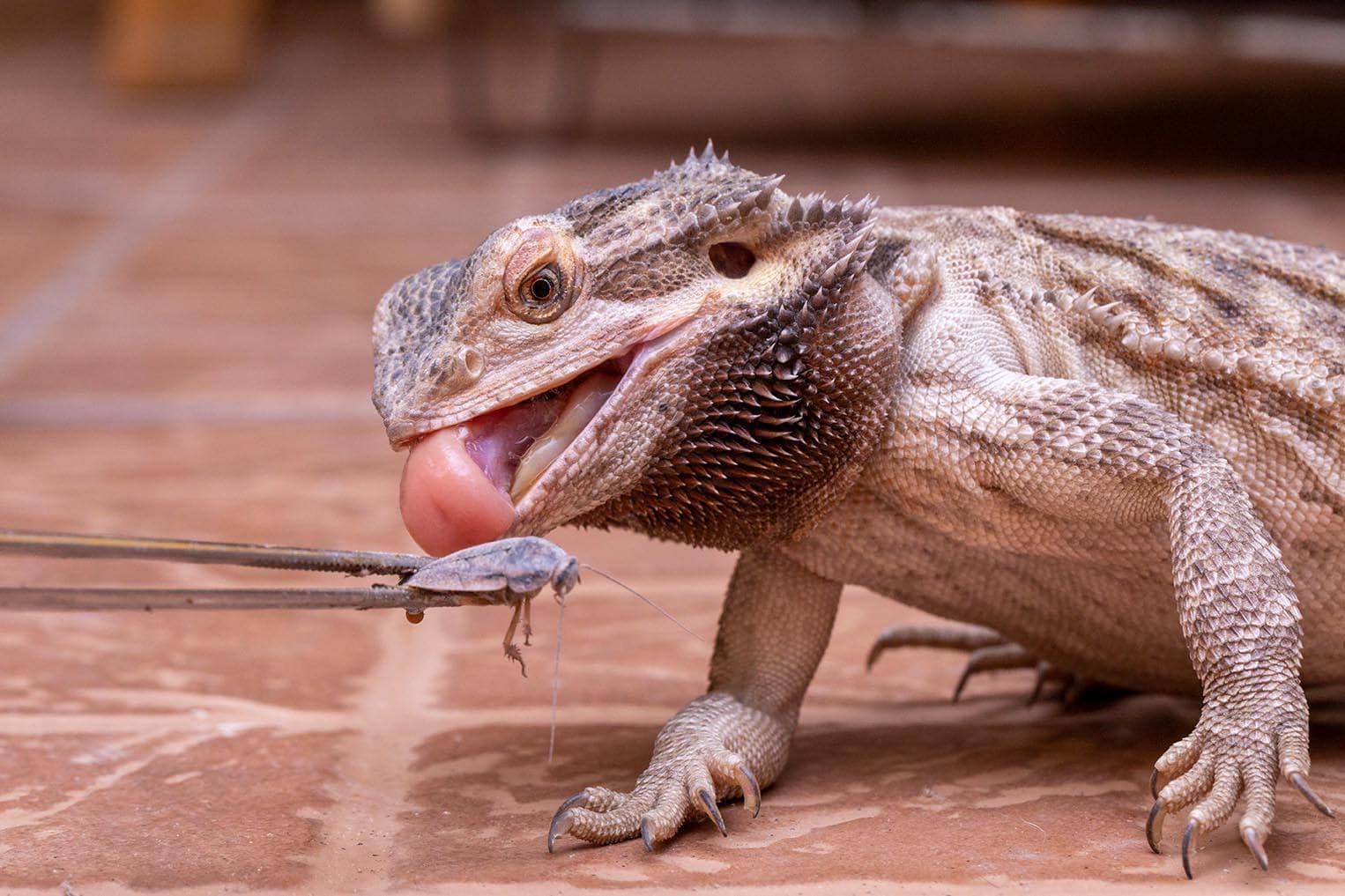
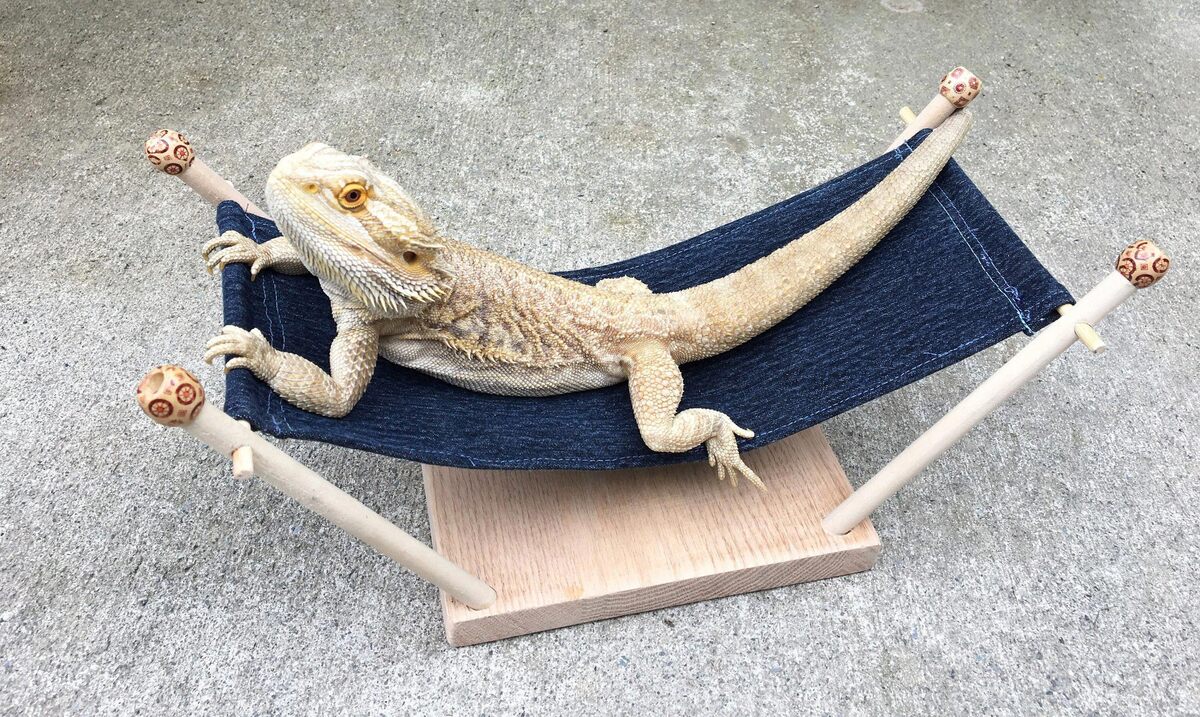
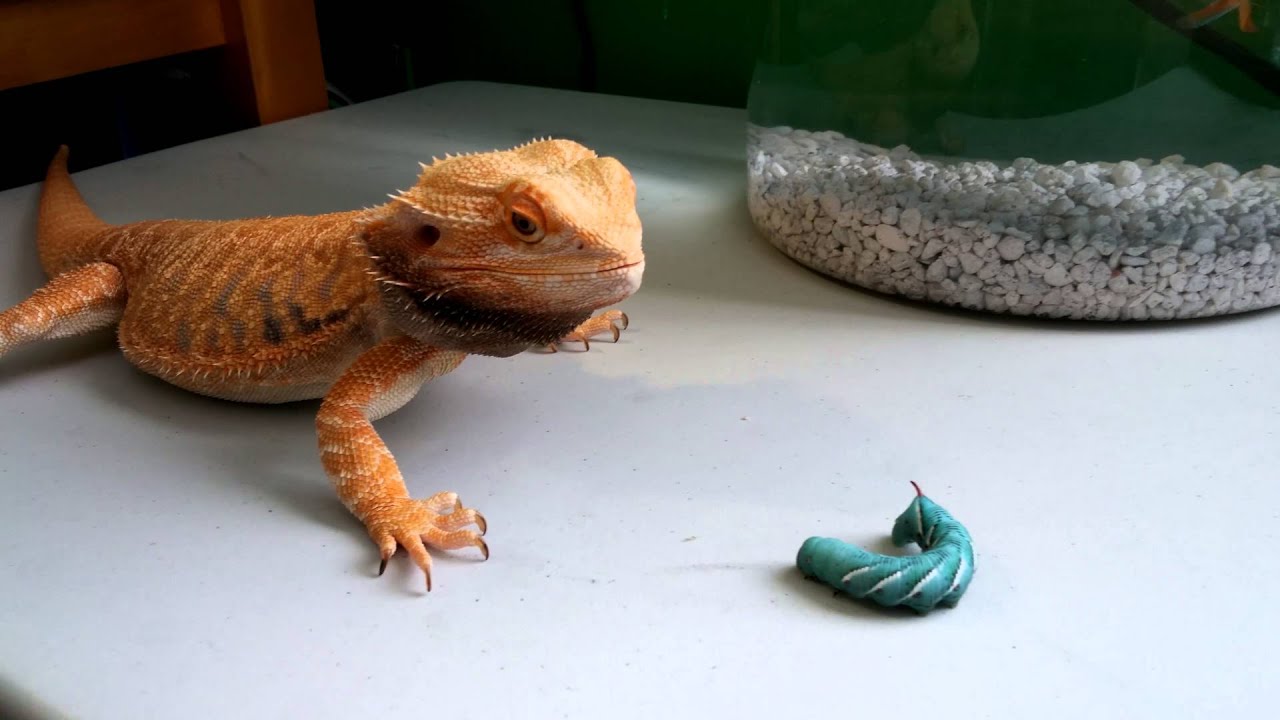
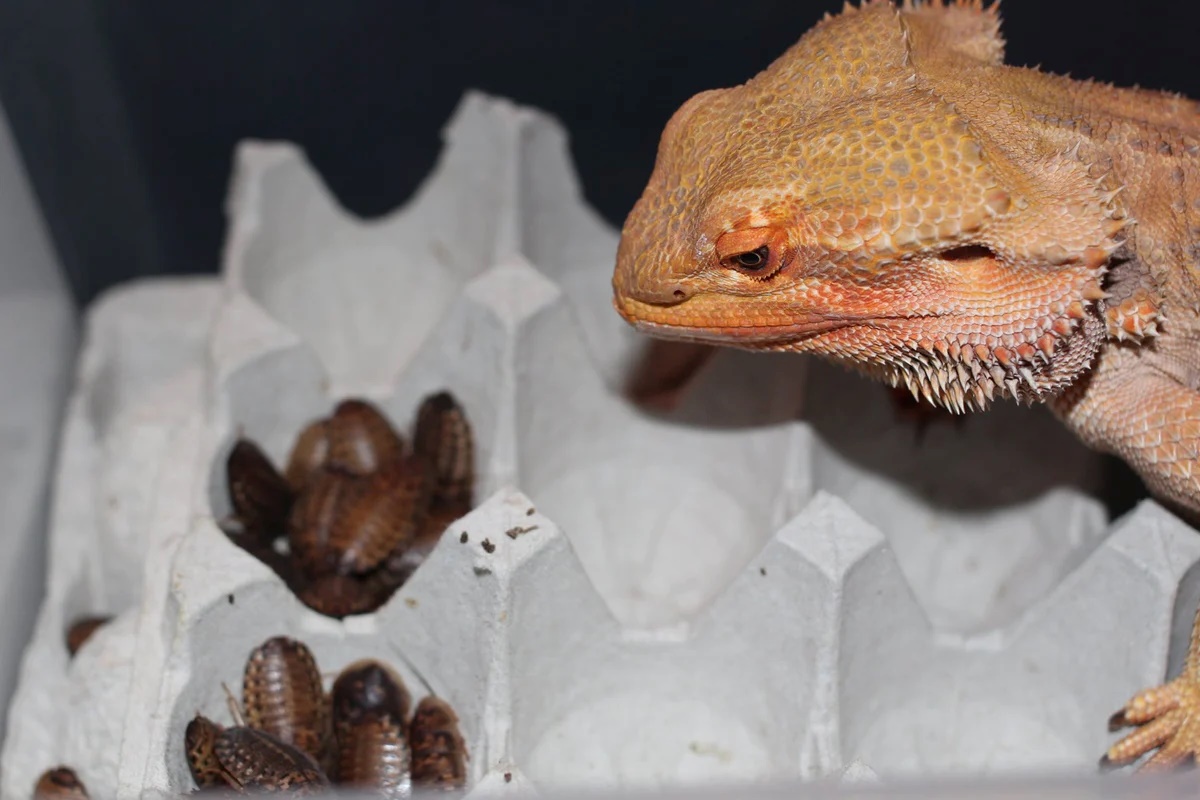
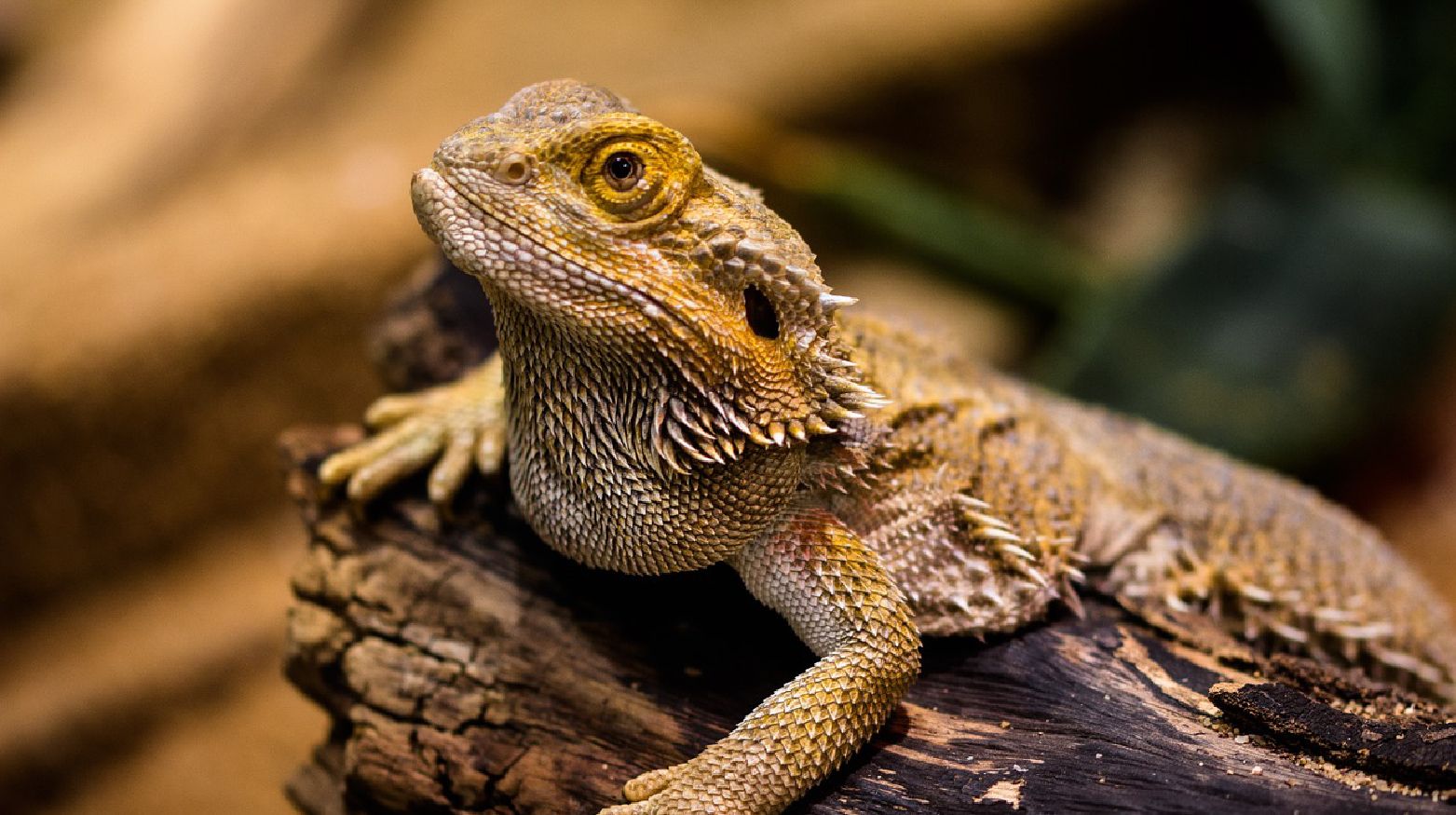
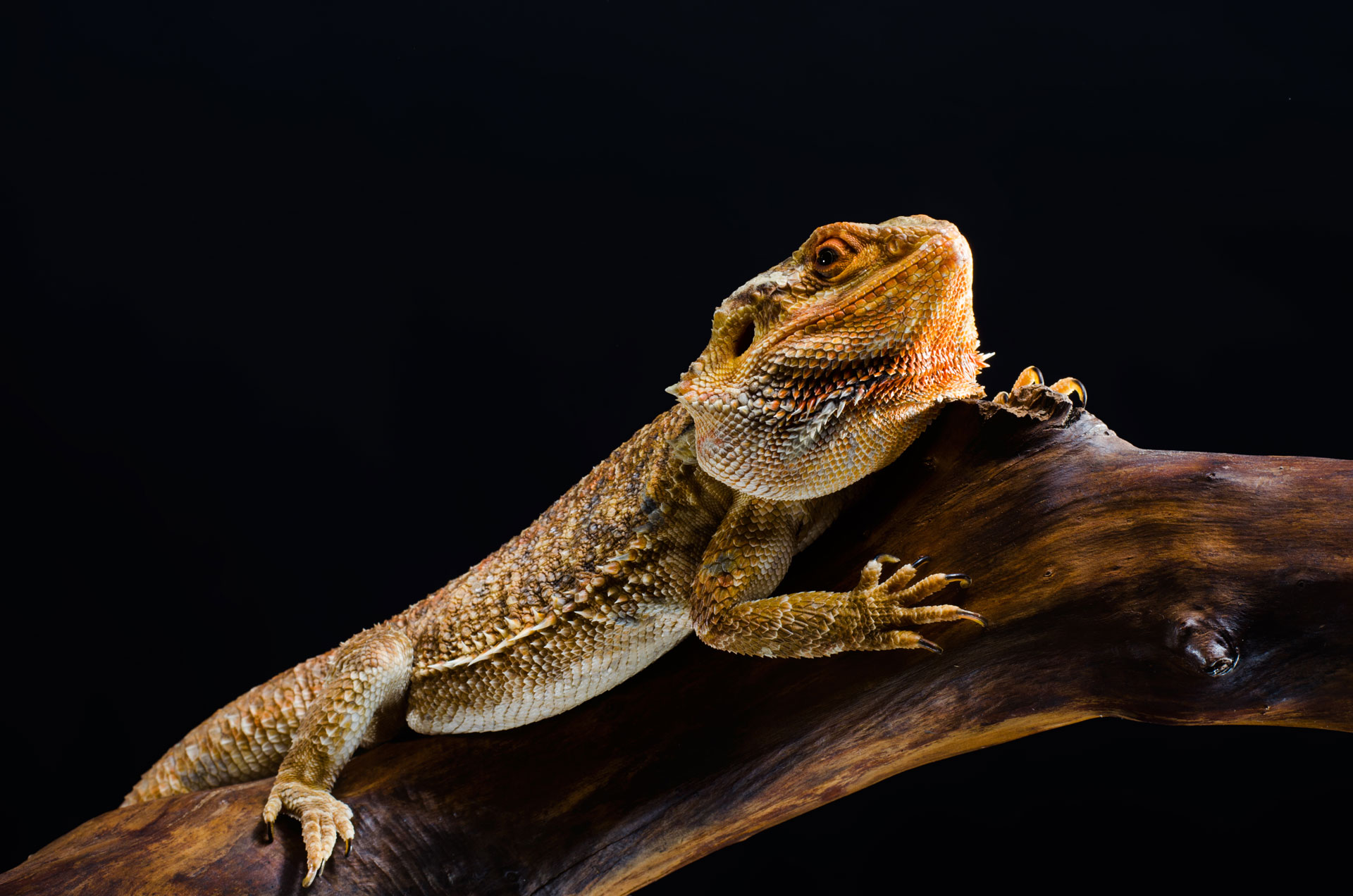




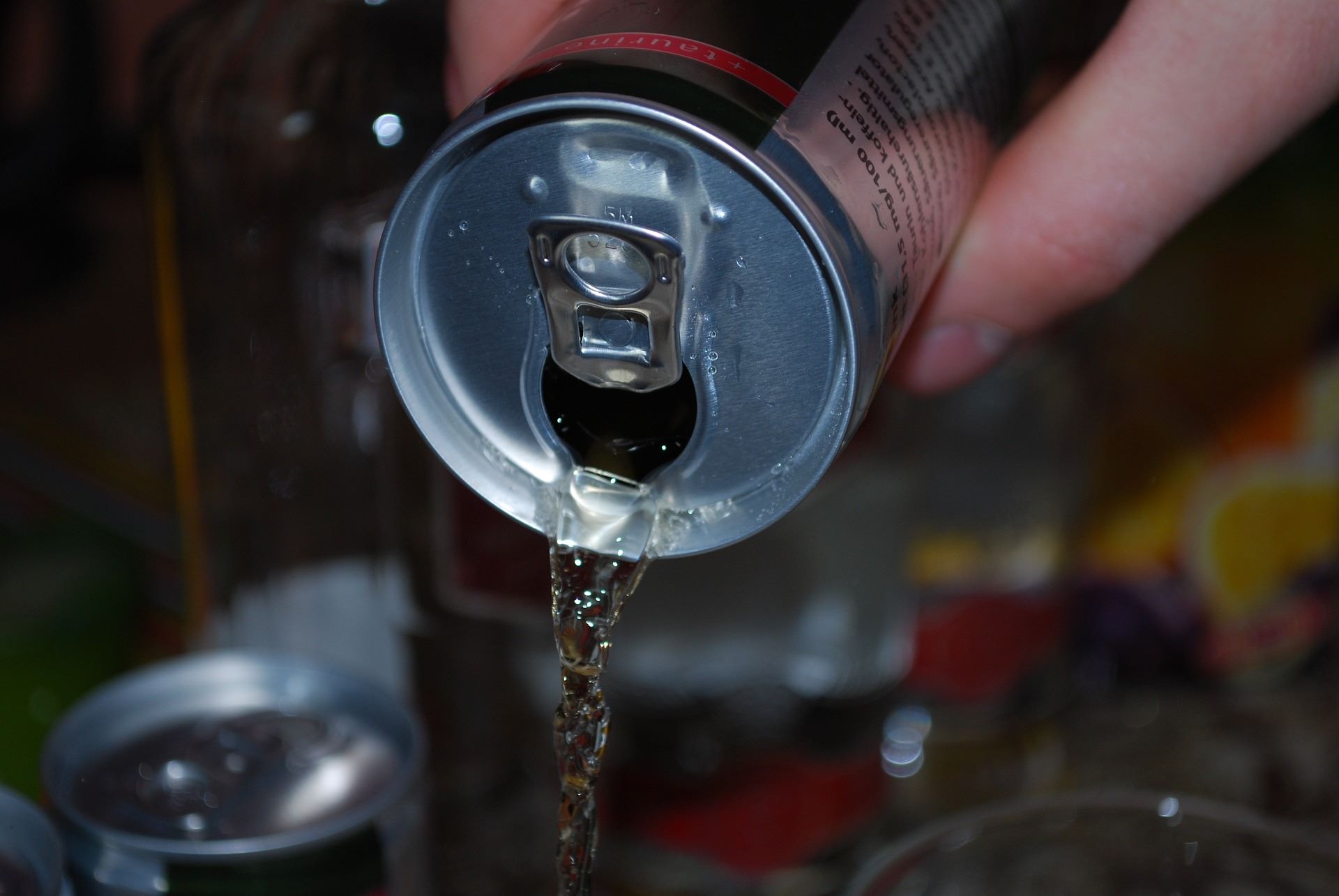



0 thoughts on “Why Do Bearded Dragons Glass Surf”